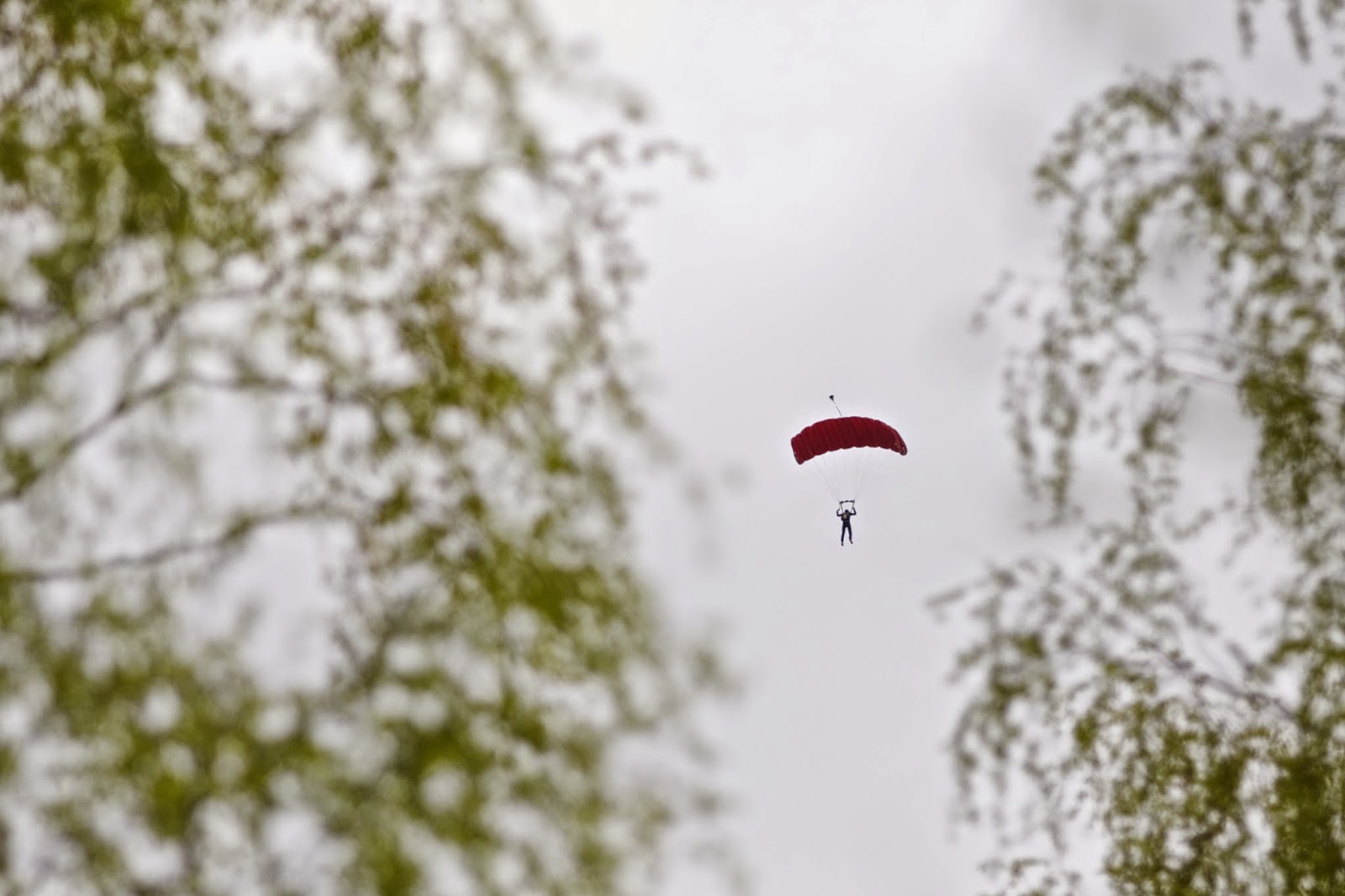“Although I can not lay an egg, I am a very good judge of omelettes.” – George Bernard Shaw

False morels or beefsteak mushrooms are found early in spring. This year they came out in the beginning of April. False morels are highly valued by gourmands and are considered a delicacy in many countries, however they must be treated carefully - they contain toxin gyromitrin. They can rarely be found at the stores, but if you do come across them, these will be accompanied with strict instructions for preparation. I have read quite a bit about false morels - I go by a suggestion to boil them for 10-15 minutes, 3 times, changing water to fresh each time. Beware of the steam when boiling them - it also contains the toxin.
Some facts:

My kind of meditation is a walk in a forest. Picking mushrooms! There are slight inconveniences in winter with that, nevertheless, I still have this habit of looking out for mushrooms. Even a few nights ago, when I went for a walk with a few friends, I kept on looking out for mushrooms, although it was already getting dark. Maybe you wouldn't believe it, but I found one! These are among the first ones to come out each year - False Morel or Beefsteak mushrooms.
My hunting grounds for forest goodies are close by an airfield. I grew up there or I should say spent most of my summers there. I know the forest like the back of my hand and still those, who ask what if I got lost there realise it is impossible when they visit the place. If it is the flying season, you always here which direction is the airfield - it's either planes taking off or landing, or some first time skydivers screaming on top of their lungs.
My hunting grounds for forest goodies are close by an airfield. I grew up there or I should say spent most of my summers there. I know the forest like the back of my hand and still those, who ask what if I got lost there realise it is impossible when they visit the place. If it is the flying season, you always here which direction is the airfield - it's either planes taking off or landing, or some first time skydivers screaming on top of their lungs.

False morels or beefsteak mushrooms are found early in spring. This year they came out in the beginning of April. False morels are highly valued by gourmands and are considered a delicacy in many countries, however they must be treated carefully - they contain toxin gyromitrin. They can rarely be found at the stores, but if you do come across them, these will be accompanied with strict instructions for preparation. I have read quite a bit about false morels - I go by a suggestion to boil them for 10-15 minutes, 3 times, changing water to fresh each time. Beware of the steam when boiling them - it also contains the toxin.
So after all listed above, doesn't sound tempting to try, does it? But I love them! For the amazing texture and taste that is quite difficult to describe.
Some facts:
- Most appear in the spring and summer and grow directly on the ground. Although some are found on wood or later in the year, they are unlikely to be mistaken for true morels.
- Caps are usually brown or reddish brown and occasionally yellow. Most stems are a light color, ranging from white to tan.
- These mushrooms are considered saprotrophs, meaning they feed on dead and decaying organic matter. Some have suggested that they may be mycorrhizal as well (forming a symbiotic relationship with trees).
- Like true morels, false ones are often found in areas where the forest floor has been disrupted. You're more likely to see them near washes, rivulets, man-made disturbances in the ground, and roadsides.
- Some species that are considered false are Gyromitra esculenta, Gyromitra caroliniana (above), Gyromitra infula, Verpa bohemica, and Verpa conica.
If you have a chance to try false morels, but are hesitant due to their toxic nature, try a tiny bit, so you make sure it doesn't cause any reaction. I have been eating them every spring (and freezing some for the winter) and have never dealt with any of the "side effects".
Ingredients:
* 2 Eggs
* A handful of boiled false morels
* 2 tablespoons butter
* 3-4 garlic cloves
* Salt'n'pepper
Slice garlic cloves and cook in a frying pan with 1 tablespoon of butter. Don't let garlic brown. When it softens, add morels and cook for 5-7 minutes. Set aside.
Beat the eggs. Melt butter in a saute pan, spread it all over the surface, pour the eggs into the centre and stir using a silicone spatula for 5 seconds or so. Cover the pan and let it cook. I like my omlette on the a bit undercooked side. When it is at a desired consistency, add mushrooms on top, sprinkle with salt and fresh ground pepper and serve!

Bon appétit!







